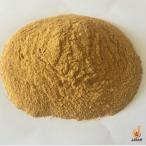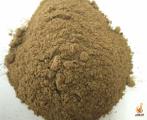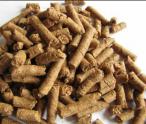Poultry feed waste distributors in 2020

Factors affecting the nutritional value of items used in animal feed and poultry All animals need certain amounts of nutrients that if they do not receive enough and balanced, they will be in poor nutritional status. In such a situation, their production efficiency and health are impaired. If the eating disorders are severe, they may even lead to the death of the animal. The supply of nutrients to the animal is provided through food. Foods are very diverse in terms of physical quality and nutrients. The nutritional value of a particular food may vary greatly from region to region. In order to meet the nutritional needs of farm animals, in the first stage, it is necessary to know the nutrients needed by the animal in different conditions of maintenance, production, etc., and in the next stage, it is necessary to know the nutrients and nutrients in them. For more information about Poultry feed waste distributors in 2020, visit our site.

The specifications of Poultry feed waste

Therefore, paying attention to increasing the production efficiency of farm animals provided the basis for research on identifying and determining the nutritional needs of livestock, as well as recognizing food items and their nutritional value, given that the largest share of livestock and poultry costs is nutrition Therefore, high production with low cost is not possible without proper and scientific nutrition, and this requires recognizing the nutritional needs of livestock and recognizing the composition of feed in terms of nutrients. Most experts and veterinarians in the country use tables of food ingredients prepared in other countries such as ARC and NRC, which can be associated with errors. The reason for this can be related to the difference in the nutritional value of food items used by livestock and poultry in the country with similar feeds in other parts of the world.
For ease of operation, the nutrients needed by animals are generally divided into six main groups which include water, crude ash, crude protein, crude fat, crude fiber and NEF. The origin of this grouping goes back to the method of approximate “Wind” analysis, which has been common for many years and is still used, and today some of these factors are divided into different components.
In 1965, the Animal Nutrition Committee (NRC) set out the required specifications for each feed in the breakdown tables as follows:
CP crude protein, EE crude fat, CF crude fiber, ASH crude ash, NFE nitrogen-free extract, Moisture, Minerals separately, Vitamins, Amino acids, Fatty acids, Cellulose, Hemicellulose, Digestible energy DE, Metabolic energy, ME Digestible crude protein DCP, usable protein, digestible crude fat.
Animal feed sources, especially forage plants, differ significantly in composition and nutritional value. For example, there are specific differences between legumes and plants in the legume family, especially the amount of protein in legumes is higher than in wheat. Beans often contain a lot of calcium (about 4 to 5 times (magnesium) 2 to 3 times (potassium) 7 times (sulfur, iron, zinc, copper and cobalt are more nutritious than wheat and manganese. It is less than wheat.For more information about chicken manure as animal feed visit our site.
Distributing Poultry feed waste in bulk

Using dehydrated poultry waste has more digestible energy, more protein and other nutrients, and less crude fiber. Therefore, the nutritional value of the leaf is higher than that of the stem. The amount of minerals varies considerably between plant members. Usually, the rate of mineral change in the vegetative parts of the plant is more than fruits, seeds and tubers. Distributing Poultry feed waste in bulk is possible in our company and you can buy this product at a reasonable price.









